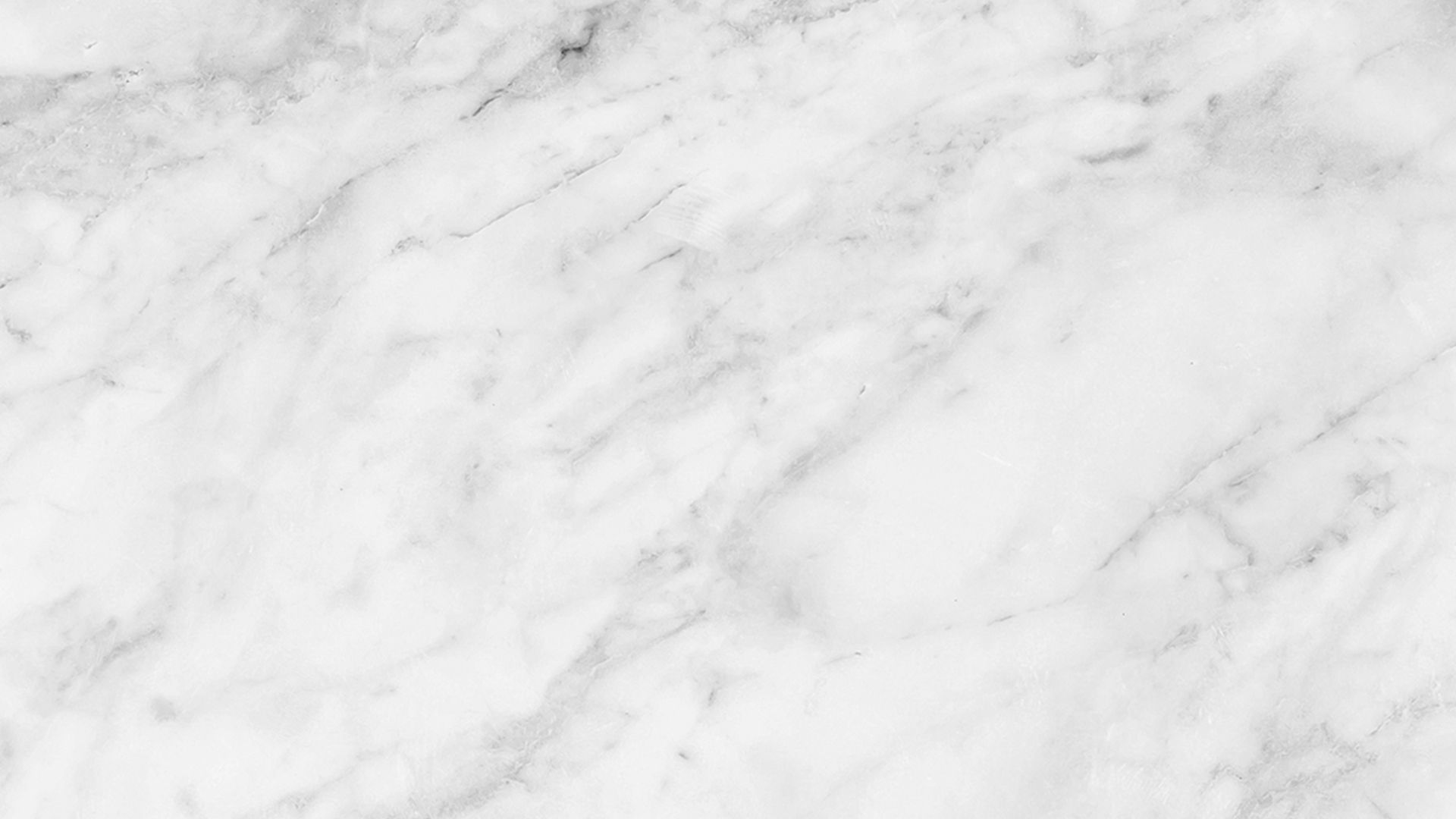



Aikido makes use of body movement (tai sabaki) to blend with uke. For example, an "entering" (irimi) technique consists of movements inward towards uke, while a "turning" (tenkan) technique uses a pivoting motion. Additionally, an "inside" (uchi) technique takes place in front of uke, whereas an "outside" (soto?) technique takes place to his side; a "front" (omote?) technique is applied with motion to the front of uke, and a "rear" (ura) version is applied with motion towards the rear of uke, usually by incorporating a turning or pivoting motion. Finally, most techniques can be performed while in a seated posture (seiza). Techniques where both uke and nage are sitting are called suwari-waza, and techniques performed with uke standing and nage sitting are called hanmi handachi.
Thus, from fewer than twenty basic techniques, there are thousands of possible implementations. For instance, ikkyō can be applied to an opponent moving forward with a strike (perhaps with an ura type of movement to redirect the incoming force), or to an opponent who has already struck and is now moving back to reestablish distance (perhaps an omote-waza version). Specific aikido kata are typically referred to with the formula "attack-technique(-modifier)". For instance, katate-dori ikkyō refers to any ikkyō technique executed when uke is holding one wrist. This could be further specified as katate-dori ikkyō omote, referring to any forward-moving ikkyō technique from that grab.
Atemi are strikes (or feints) employed during an aikido technique. Some view atemi as attacks against "vital points" meant to cause damage in and of themselves. Others consider atemi, especially to the face, to be methods of distraction meant to enable other techniques. A strike, whether or not it is blocked, can startle the target and break his or her concentration. The target may also become unbalanced in attempting to avoid the blow, for example by jerking the head back, which may allow for an easier throw. Many sayings about atemi are attributed to Morihei Ueshiba, who considered them an essential element of technique.
AIKIDO - HISTORY - NEWS - EVENTS
A Brief History of Aikido
Aikido's founder, Morihei Ueshiba, was born in Japan on December 14, 1883. As a boy, he often saw local thugs beat up his father for political reasons. He set out to make himself strong so that he could take revenge. He devoted himself to hard physical conditioning and eventually to the practice of martial arts, receiving certificates of mastery in several styles of jujitsu, fencing, and spear fighting.
In spite of his impressive physical and martial capabilities, however, he felt very dissatisfied. He began delving into religions in hopes of finding a deeper significance to life, all the while continuing to pursue his studies of budo, or the martial arts. By combining his martial training with his religious and political ideologies, he created the modern martial art of Aikido. Ueshiba decided on the name "Aikido" in 1942 (before that he called his martial art "aikibudo" and "aikinomichi").
On the technical side, Aikido is rooted in several styles of jujitsu (from which modern judo is also derived), in particular daitoryu-(aiki)jujitsu, as well as sword and spear fighting arts. Oversimplifying somewhat, we may say that Aikido takes the joint locks and throws from jujitsu and combines them with the body movements of sword and spear fighting. However, we must also realize that many Aikido techniques are the result of Master Ueshiba's own innovation.
At the core of almost all philosophical interpretations of Aikido we may identify at least two fundamental threads: (1) A commitment to peaceful resolution of conflict whenever possible. (2) A commitment to self-improvement through Aikido training.
"The purpose of training is to tighten up the slack, toughen the body, and polish the spirit"
O'Sensei
I'm a title. Click here to edit me.
JULY 12, 2023
I'm a paragraph. Click here to add your own text and edit me. It’s easy. Just click “Edit Text” or double click me to add your own content and make changes to the font. Feel free to drag and drop me anywhere you like on your page. I’m a great place for you to tell a story and let your users know a little more about you.
Tip: Use this area to let your visitors know about your latest news. You can change the title to the service you provide and use this text area to describe your service.